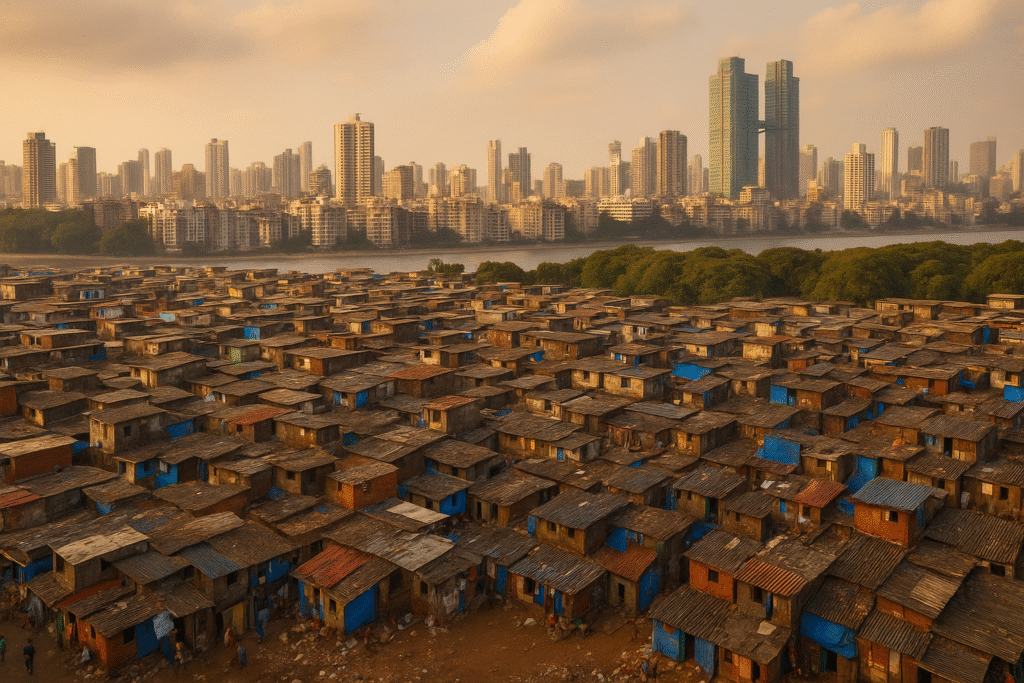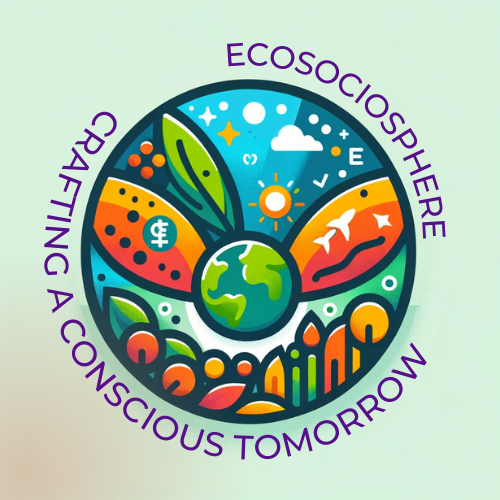Fun fact: India just overtook China to become the most populous country in the world, joining a planet now home to over 8 billion human beings.
8 Billion and Counting: Population, Consumption, and the Planet’s Future explores why this milestone matters very much—not just in terms of numbers, but in how those people live, what they consume, and who emits most. Because population does not strain resources evenly; consumption patterns make all the difference.
Population Growth: The Frame, Not the Full Picture
When people say, “more mouths to feed,” it’s a true but incomplete worry. A higher population means more demand for housing, food, water, energy—but how that demand is met depends on who’s consuming how much. India becoming the largest country by population brings opportunity and challenges: more human creativity, more potential, but also more stress on infrastructure, environment, and social systems if growth is unmanaged.
Yet, population numbers are not destiny. What really shifts the balance is per-capita consumption: how much each person consumes (or emits). The richest segments of global society use far more than poor ones; their lifestyles, choices, and systemic advantages lead to far greater environmental footprint per person.
Consumption Inequality: The Real Emissions Divide
Here’s a striking fact: the wealthiest 1% of people globally are responsible for a huge slice of emissions—more than many of the poorest combined. In 2019, the richest 1% produced roughly 16% of global CO₂ emissions from consumption, more than what the poorest half of humanity emits. Meanwhile, the wealthiest 10% are accountable for about 50% of total consumption emissions. These figures make it clear: it’s not just “too many people,” it’s very unequal consumption.
Another dimension: within many countries, the richest decile emits many times more than the poorest decile. For example, in several countries like China, Mexico, and regions in Southeast Asia, the top 10% emit roughly 17-21 times more CO₂ per person compared to the bottom 10%. These gaps matter hugely when debating what “sustainable population” or “carrying capacity” really means.
Myths vs Reality: Overpopulation Blame Game
Often, global discussions blame the rising population as the root of all environmental woes. But that’s a myth when held without nuance:
- Myth: More people = more emissions, always.
Reality: A poor person in Sub-Saharan Africa may emit less in their lifetime than a single luxury car ride in a high-income country.
- Myth: Countries with high birth rates are the main emissions drivers.
Reality: Many high birth‐rate, low-income countries have very low per-capita emissions. The bulk of emissions comes from high consumption in rich nations and among wealthier citizens globally.
Putting it simply: population is part of the pressure, but consumption is the magnifier.

India & the Global South: Between Growth & Aspiration
India’s new status as the most populous underscores what the Global South faces: balancing development, rising aspirations, and environmental limits. Billions of people still lack access to reliable electricity, clean water, healthcare, and education. Their per-capita emissions are still low, but as incomes rise, consumption patterns tend to follow: more vehicles, more private consumption, more waste, more energy use.
At the same time, infrastructure planning, urban design, and policy choices will shape whether this consumption trajectory is high-carbon or leaner. There’s huge potential: leap-frogging dirty technologies; adopting clean public transport; designing cities with green spaces; tapping renewable energy; aligning consumption with well-being rather than status.
Solutions: Not Zero Population, But Smart Consumption & Fair Policies
If consumption inequality is the big lever, what kind of solutions help?
Progressive carbon policies: Tax or regulate luxury, wasteful consumption—private jets, huge homes, excessive energy use.
Consumption disclosures & corporate accountability: Demand that companies not only make “green” products but reduce emissions in supply-chains and use.
Public investment in sustainable infrastructure: Public transit, clean water, and renewable energy in cities and rural areas; this reduces per-capita emissions even as populations grow.
Education & cultural change: Changing social norms about what “success” means. Less about material status, more about quality, health, and sustainability.
International cooperation & equity: High emitters paying their fair share, technology transfer, and financial support for adaptation. The burden should fall more on those who’ve emitted most historically.
The Risks If We Don’t Shift
If we carry on with high consumption growth, especially among the wealthy, coupled with population growth in developing nations without green infrastructure, risks multiply:
- Faster depletion of resources: water, arable land, and forests.
- Increased climate instability: heat waves, flooding, drought, storms.
- More inequality: those who consume less will suffer more, especially vulnerable populations.
- Unsustainable cities: congestion, pollution, poor health outcomes.
- Overshoot of planetary boundaries—ecological collapse, biodiversity loss.
Conclusion
This blog isn’t about blaming large families or poor countries. It’s about recognizing that population growth matters—but our consumption patterns matter more. The richest 1% carry a disproportionate share of emissions, the poorest half far less—and yet many of the worst climate impacts fall on those least responsible.
Author’s Note
I’ve watched how population debates often slide into blame games. This piece is my attempt to shift the focus: from how many to how much, and from counting bodies to measuring responsibilities. Because that feels more honest and more usable for change.
G.C., Ecosociosphere contributor.
References and Further Reading
- Oxfam Report: Richest 1% emit as much pollution as poorest two-thirds — showing richest 1% were responsible for about 16% of global consumption emissions in 2019. Oxfam International
- Nature Climate Change: High-Income Groups Disproportionately Contribute to Emissions — top 10% vs bottom 50% emissions shares and exposure to climate impacts.
- Our World in Data: Global CO₂ Emissions Inequality by Region — emissions vs population for high, middle, low income countries.
- Wikipedia: Economy of India – Population Figures and Growth — confirming India’s population size and growth.
- Oxfam & Stockholm Environment Institute: Carbon Inequality Kills — analysis of how over-consumption among the richest fuels climate change and inequality.
- Oxfam Press on Richest 1% Emissions — more on how emissions are distributed globally.





Comments
I’ve recently started a blog, the information you offer on this site has helped me tremendously. Thank you for all of your time & work. “Cultivation to the mind is as necessary as food to the body.” by Marcus Tullius Cicero.